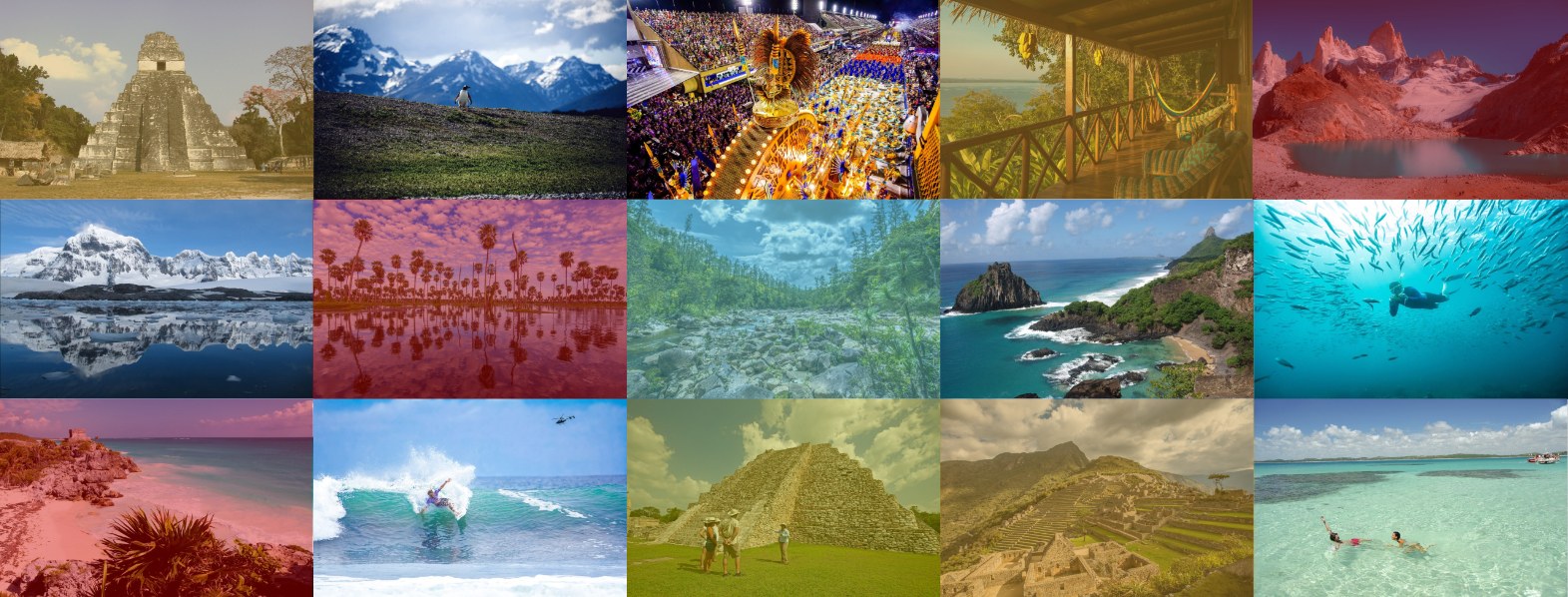This video may be a few years old now, but it is still just as fascinating. Over a three-month period, an Adelie penguin colony was filmed in the Ross Sea. Every 45-minutes, a photo was taken and then stitched together to create a memorizing timelapse. The footage was taken by Jean Pennycook from the National Science Foundation and was shared on the Armed with Science blog.
It’s not the Adelie penguins waddling that is interesting to watch. Throughout the film, the ice can be seen ‘breathing’ as the tide rolls in and pushes it up and down. Over the three months, the ice begins to shift, break away and then finally melt into the sea.
The person behind the project was Jean Pennycook, an Albert Einstein Distinguished Educator Fellow for the National Science Foundation. She was a school teacher for over 25 years and her website Penguin Science provides resources to school children around the world. This includes lesson plans, call-ins and teaching and learning forums with a focus on penguins and the Antarctic. Throughout her time in the Antarctic, she broadcast daily updates around the penguin colonies and at its peak during breeding season, her website was receiving over a million users a month.
Adelie penguins are a fascinating species. They only live along the fringes of the Antarctic coast, preferring to be close to the water. Along with animals like emperor penguins and snow petrels, they make up some of the most southerly living seabirds. To get technical, they are part of the Pygoscelis family which split more than 38 million years ago into three subspecies. Research suggests there are more almost 4 million breeding pairs of Adelie penguins in 250 colonies. Colonies are decreasing in numbers on the Antarctic peninsula but increasing in East Antarctica. This has led to an increase of over 50% since the last census was completing, suggesting that they are not at risk as a species.
The penguins breed between October and February and build their nests from stones found along the edge of the Antarctic. Both parents take turns to incubate the eggs over a month and once hatched, they stay in the nest for a further month. Within 2 months of being born, the chicks have dropped their juvenile plumage and take off into the sea. They are some of the smallest of penguin species and reach around 50 cms and 5 kg in weight. They have distinctive black and white marks around their eyes and along their body which gives them the appearance of wearing a tuxedo. They have a red bill, but long head feathers cover most of it. They can swim up to 5 miles per hour. They feed on krill, squid and silverfish, but they are in turn preyed on by orcas, skuas and leopard seals.
Would you like to go and see Adelie penguins? Take a look at our Antarctic cruises, get in touch with one of our Polar experts at +44 (0) 207 407 1478 or contact us here.
RELATED: Bucket list worthy things to do in the Antarctic
Like what you read in this blog? Talk to our travel expert to plan your dream trip to South America
Send message
